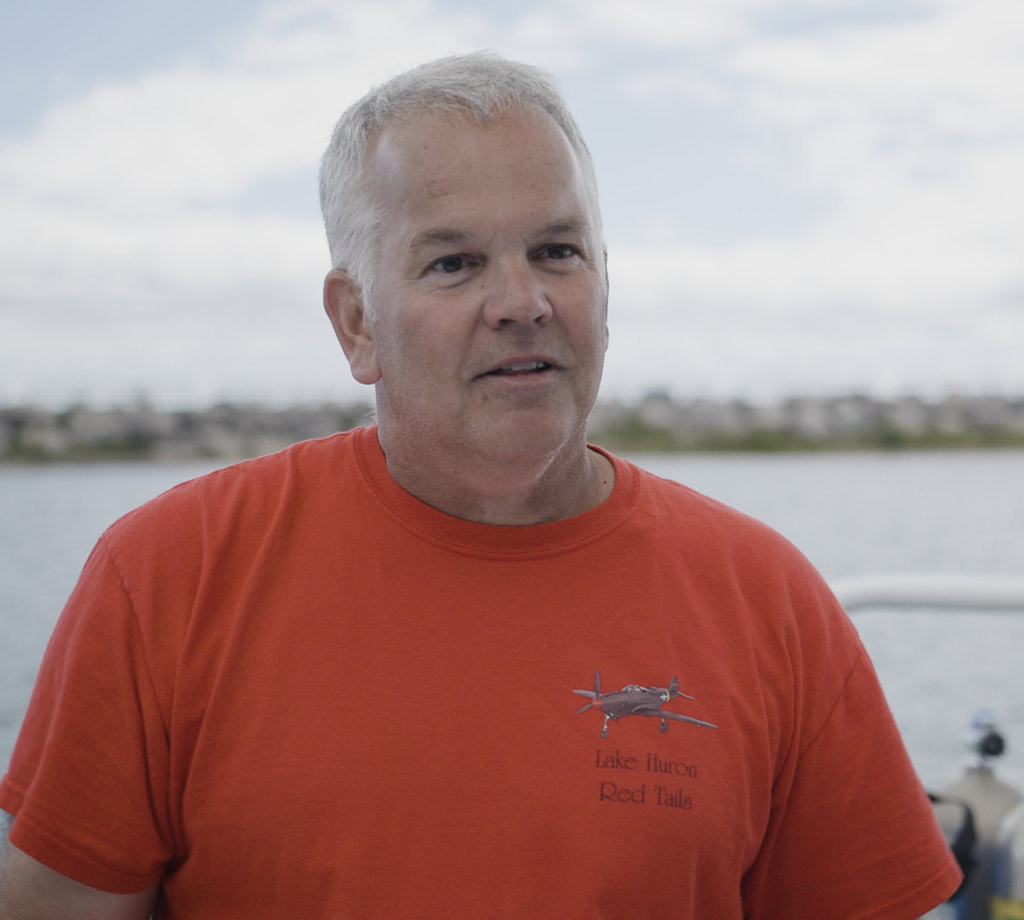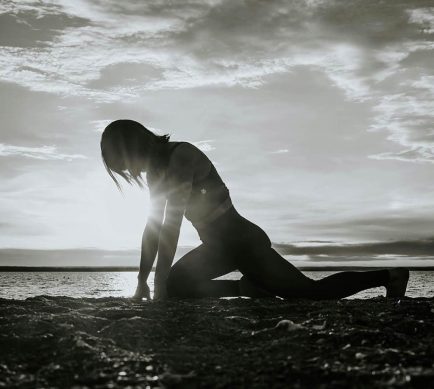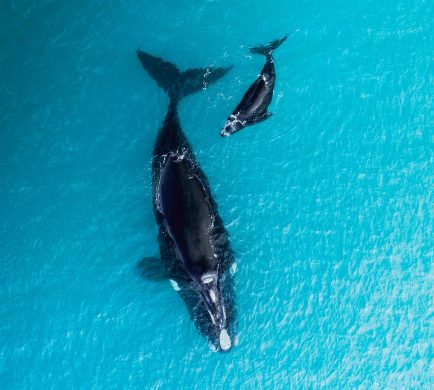On June 3, Nat Geo premieres the documentary “THE REAL RED TALES” Narrated by Sheryl Lee Ralph.
THE REAL RED TAILS tells the story of the astonishing discovery of a WWII-era P-39 airplane in Lake Huron, Michigan. Tuskegee pilot Frank Moody perished in the crash, but the significance of what he and his fellow airmen accomplished survives to this day. The one-hour special explores the Tuskegee Airmen’s history and the mission to solve this 80-year-old mystery.
Wayne Lusardi, Michigan’s State Maritime Archaeologist, works with the Department of Natural Resources. He is renowned for his expertise in underwater archaeology and focuses on discovering, investigating, and conserving shipwrecks and aircraft sites in the Great Lakes region.
One of Lusardi’s notable projects includes recovering and documenting a Bell P-39 Airacobra aircraft flown by Tuskegee Airman Lt. Frank Moody, which crashed in Lake Huron during a training mission in 1944. This project is part of a broader initiative to honor the legacy of the Tuskegee Airmen, the first African-American fighter pilots in the U.S. Army Air Corps, and to preserve these historical sites for future
Lusardi’s work involves meticulous underwater surveys, often collaborating with institutions like the Thunder Bay National Marine Sanctuary and the NOAA Office of Ocean Exploration and Research. His efforts not only aim to recover physical artifacts but also to educate the public about the significant contributions and sacrifices of these pioneering aviators.
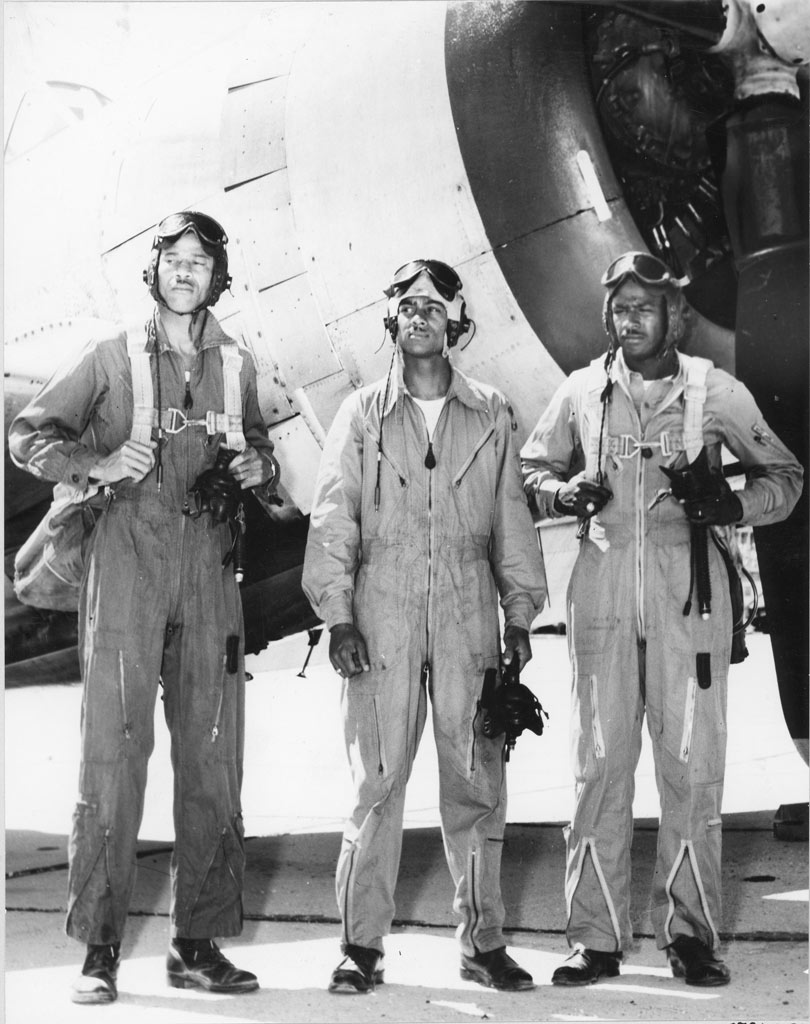
Can you share the origin story of how you became involved with the P-39? On April 11, 2014, exactly 70 years to the day after the accident, father and son divers David and Drew Losinski discovered the remains of a wrecked airplane in Lake Huron. They contacted me, Michigan’s State Maritime Archaeologist, because they were interested in either recovering the wreck or placing some of its larger scattered remains together on the lake floor to create an interesting dive destination. Before any decisions could be made, an archaeological investigation of the wreck site was necessary. I visited the wreck with the Losinski divers and began organizing a reconnaissance survey of the aircraft debris. Since then, I have led multiple expeditions to the wreck site using sonar, underwater robots, and a variety of skilled divers to assist with the documentation, recovery, and conservation of the aircraft components.
Your work must have led to some remarkable discoveries. Could you share some of the most significant artifacts you’ve encountered while working?
Two discoveries really stand out when finding and studying artifacts from the wrecked P-39 Airacobra. One is technical, and one is personal. Locating all three propeller blades separated by nearly a half mile underwater led to determining what caused the airplane to crash eight decades ago. It was both sad and enlightening to learn that Lt. Moody had virtually no ability to survive as the airplane malfunctioned as it did. Also, based on the position of an applied oval serving as a rear gunsight on the armored windshield, we learned that Frank Moody was right-eyed. This revelation was likely never recorded historically and may not have been known even to the young lieutenant’s family.

It must be quite a challenge to balance historical efforts with the technical challenges involved in understanding such iconic warplanes. How do you manage these complexities?
History and archaeology are often complementary but sometimes conflicting. Historians rely largely on the written record and investigate primary source materials housed in archives and libraries. Archaeologists work with artifacts and the sites from which they came. I utilize a variety of tools and techniques to study and document sites underwater, trying to learn not only what the fragmented artifacts represent but also what their spatial locations teach us about a specific incident. In the case of Lt. Moody’s Airacobra accident, for example, the cause of the crash could only be speculated because U.S. Army investigators and historians did not have an aircraft to study. It wasn’t until the discovery of the wreck and the careful mapping of each component that a cause determination could be established.
What impact do you hope “The Real Red Tails” will have on current and future generations?
Over the past decade, my research has deepened my understanding of the Tuskegee Airmen. Their stories have instilled in me a profound respect for these pilots, not just for their flying skills, but for their resilience in the face of racial adversity. The Tuskegee Airmen fought a dual battle: one against the Axis powers in Europe, and another against the pervasive racism within the nation and the segregation within the Army Air Corps. I hope that ‘The Real Red Tails’ will serve as a testament to their courage and their role in shaping a more inclusive nation.
What unique challenges do you face as an archaeologist working with WWII artifacts compared to more traditional archaeologist sites?
The study of World War II archaeological sites presents unique challenges, distinct from those of older or non-military sites. The aircraft, armed and ready for combat, may still hold live munitions on the lake floor. The materials used in the construction or operation of these aircraft, while innovative for their time, can be toxic, explosive, and environmentally unfriendly. The handling of such materials is inherently dangerous. Moreover, 20th-century human-made materials like aluminum alloys, rubber, paints, and synthetics degrade and corrode in ways distinct from traditional archaeological materials. The preservation of these airplane artifacts demands an advanced understanding of conservation methodologies.
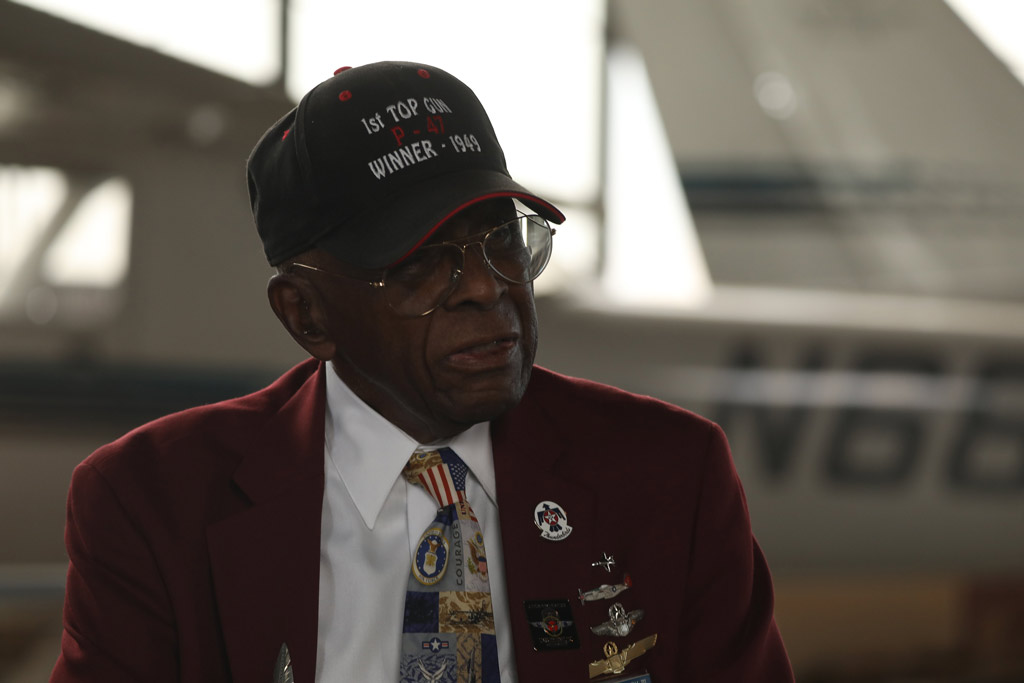
During the completion of missions, did “The Real Red Tail” pilots meet with the bomber pilots to discuss any mission suggestions or maneuvers that would help the pilots?
Escort pilots and bomber crews often deployed from different air bases and saw each other only in the air. It was not common for the pilots to personally know who protected them or who they protected, but they relied heavily upon each other during missions into enemy territory. It was not until after the war that many of the squadrons and air groups finally got to meet each other face-to-face.
After WWII, to what extent, if any, were Tuskegee Airmen employed by civilian aviation companies? (If he doesn’t know, Lusardi can skip this question).
At the conclusion of World War II, most of the Tuskegee Airmen came back to a nation that had not fundamentally changed its attitude towards African Americans. Some Airmen remained in the Army Air Corps, some became civilian pilots, and some became commercial pilots. However, most went back to their pre-war jobs after being denied acceptance by many commercial aviation companies.
References:
1, Last Flight of a Tuskegee Airman – Archaeology Magazine https://www.archaeology.org/issues/195-1511/trenches/3746-trenches-michigan-underwater-airplane
2, Honoring the Tuskegee Airmen | Earth Is Blue Magazine Vol. 4 | Office of National Marine Sanctuaries https://sanctuaries.noaa.gov/magazine/4/honoring-the-tuskegee-airmen/.
3, Last Flight of a Tuskegee Airman – Archaeology Magazine https://www.archaeology.org/issues/195-1511/trenches/3746-trenches-michigan-underwater-airplane
4, Honoring the Tuskegee Airmen | Earth Is Blue Magazine Vol. 4 | Office of National Marine Sanctuaries https://sanctuaries.noaa.gov/magazine/4/honoring-the-tuskegee-airmen/.

